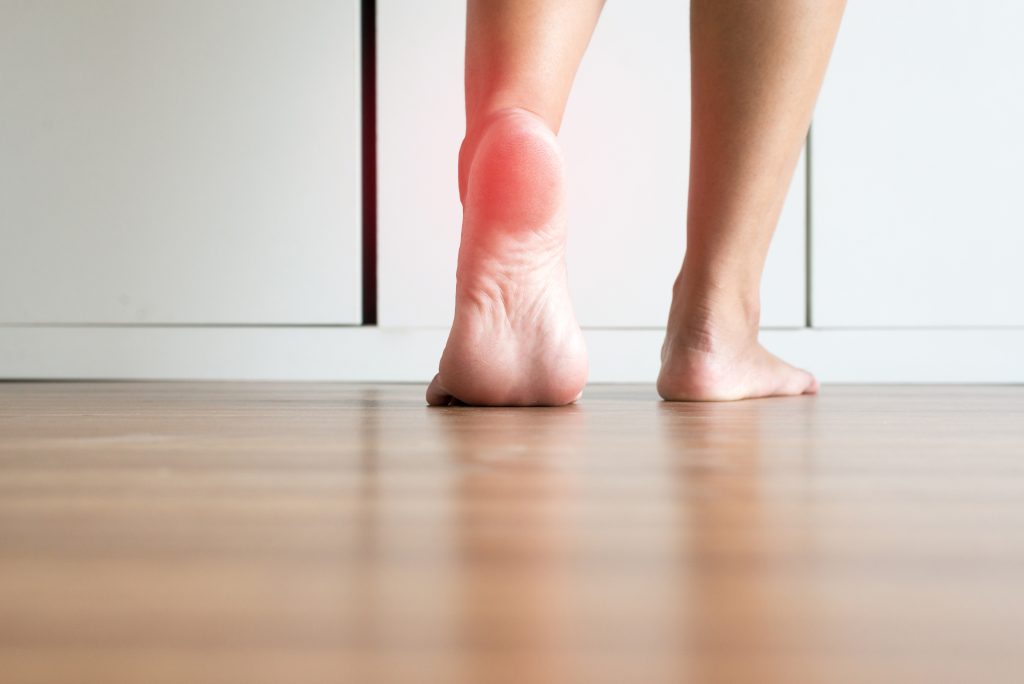Podiatric medicine and surgery

Foot & Ankle Specialists
Podiatry is the branch of medicine that deals with the diagnosis, treatment, and prevention of diseases of the foot and ankle. A podiatrist is a doctor of podiatric medicine and is the only health care professional whose total training focuses on the foot, ankle, and related body systems. Podiatrists receive extensive training in the diagnosis, treatment and prevention of foot and ankle disorders by medical and surgical means.
What is a Podiatrist?
A podiatrist, DPM is a doctor of podiatric medicine, and is the only health care professional whose total training focuses on the foot, ankle, and related body systems. As a specialist in foot care, the podiatrist receives extensive training in the diagnosis, treatment and prevention of foot and ankle disorders by medical and surgical means. A podiatrist may diagnose general medical problems and provide surgical management of foot diseases, deformities, and trauma of the foot, ankle, and related structures if they are certified by the American Board of Podiatric Surgery.
Procedures & Services
- Foot and Ankle Surgery
- Minimally Invasive Bunion Surgery
- Management of Acute Traumas & Infections
- Platelet Rich Plasma Injections
- Diabetic Foot Care
- Injections for Pain Management of Common Foot and Ankle Disorders
Management of:
- Ankle Sprains
- Achilles Tendon Injuries
- Fractures
- Sports Injuries
- Heel Pain
- Gout
- Charcot Foot
- Bunions and Hammertoes
- Wounds
- Lower Extremity Deformities
- Arthritis of the Foot and Ankle
- Calluses
- Corns
- Brachymetatarsia
- Athlete's Foot
- Claw Toes
- Planter Warts
- Ingrown Toenails
- Allergic Contact Dermatitis
- Onychomycocis
- Morton’s Neuroma
An Overview of the Human Foot

The human foot combines mechanical, complexity and structural strength. The ankle serves as foundation, shock absorber, and propulsion engine. The foot can sustain enormous pressure (several tons over the course of a one-mile run) and provides flexibility and resiliency.
The foot and ankle contain 26 bones, 33 joints, more than 100 muscles, tendons, and ligaments and a network of blood vessels, nerves, skin, and soft tissue. These components work together to provide the body with support, balance, and mobility. A structural flaw or malfunction in any one part can result in the development of problems elsewhere in the body. Conversely, abnormalities in other parts of the body can lead to problems in the feet.
